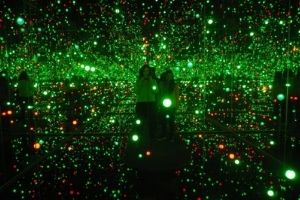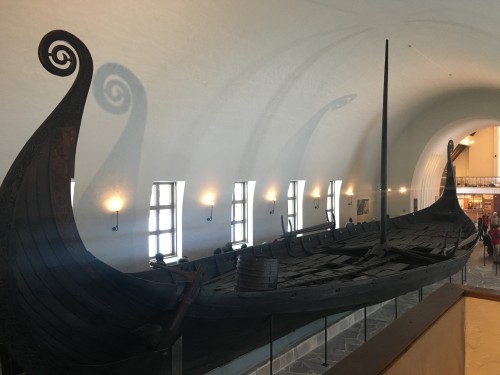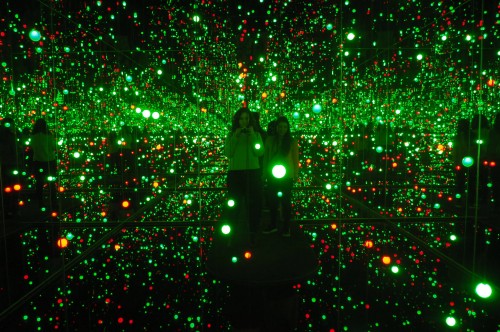Studying Abroad:

Where Museum Personalities Clash
By collections intern Amy Swartz. To read more posts from JMM interns, past and present, click here.
A few weeks ago we were tasked with reading pieces of John H Falk’s Identity and the Museum Visitor Experience. For our weekly blog post that week, I wrote a bit about my initial reactions to the piece. However, while reading parts of the book I was really struck by his museum visitor’s model as I myself have inhabited those many models at different points in my life. This past spring I studied abroad in Copenhagen, Denmark and had the amazing opportunity to visit many European countries. As someone who loves museums so much that I want to work in one for the rest of my life, all of my trips included some type of museum visit. During these museum visits, depending on which museum I visited and who I was with, my identity flipped and flopped.
Falk’s five identities are explorer, facilitator, experience seeker, professional/hobbyist, and recharger. I am most often an explorer. I go into museums seeking to discover, I pick and chose what I spend my time on, and I often have some background knowledge. When I am with my friends, who are often experience seekers but sometimes explorers, I often am in a semi-facilitator role. I want them to learn and enjoy their visit so that we can actively discuss it. However, while in Europe my identity was in flux. I found that in my experience there are two types of museum experience for those who are studying abroad and traveling: the explorer and the experience seeker.

The explorer traveler finds museums in new cities and decides that a museum visit would be a good way to learn about the city or country’s culture. They go simply because they think it would be a cool experience and are more likely to go to a museum that is either free or has a museum discount rather than an expensive museum. My time in Oslo fits this description. My sister and I did not know what to do in the city, especially since it was rather rainy our whole trip and the city is quite expensive. We bought a museum pass, which was a great purchase and visited the Fram Museum and the Viking Ship Museum in Oslo, among others. I approached each visit solely as an explorer. I came in without any expectations or assumptions and simply enjoyed myself and learned a lot.

The experience seeker finds themselves at museums while abroad for the great or well-known works housed inside. They often operate on a limited schedule and work to check certain things off their bucket list The best example of this was my time in Paris. While at the Louvre, my best friend and I saw a lot but we narrowed down our visit to the greats: the Mona Lisa (an obvious choice), the Nike of Samothrace, and the Venus de Milo. We quickly went to the Le Musée de l’Orangerie next, only glancing in some galleries in order to get to Monet’s Water Lilies.

Other museums I visited brought out both personalities. While in Denmark I visited the Louisiana Museum of Modern Art with my visiting host family. Majority of my time there I was an explorer, hungrily consuming information. The Louisiana has an amazing collection and while there I actually saw a lot of works I later learned about in my Women, Art, and Identity course. However, I was also an experience-seeker as there was a well-known exhibit by Yayoi Kusama called Gleaming Lights of the Souls. In that moment I had to see it just to see it and have that experience – it was worth a bit of a wait, which turned out to be nothing based on the wait at the Hirshhorn Museum which had hours long wait lines.
I’ve found that one’s identity at a museum is very dependent on the circumstances of the visit. That’s why it is always beneficial for a museum to cater to multiple identities – which JMM does very well through its various educational programs, exhibits, and lectures.
